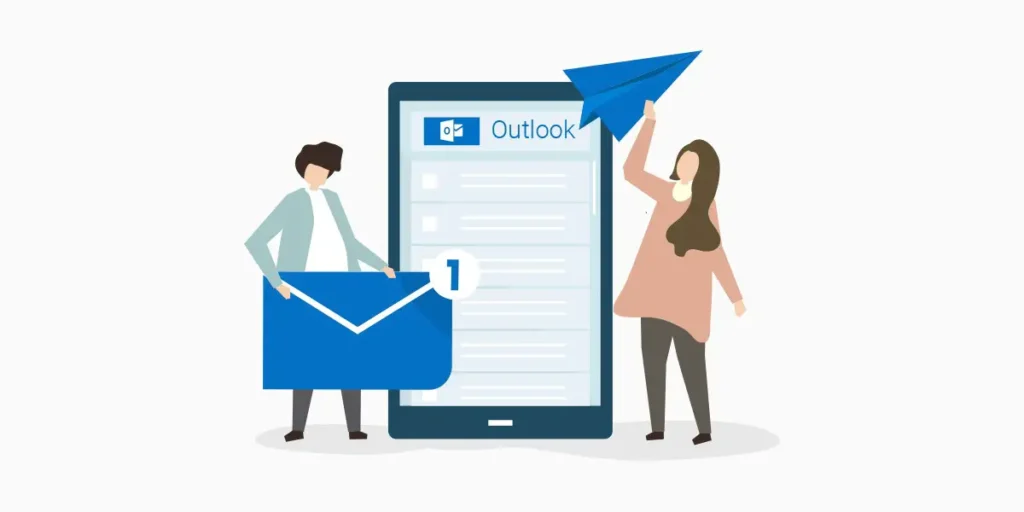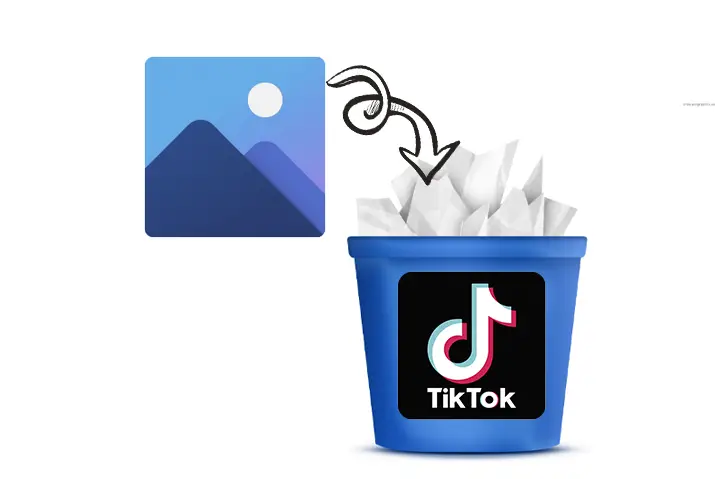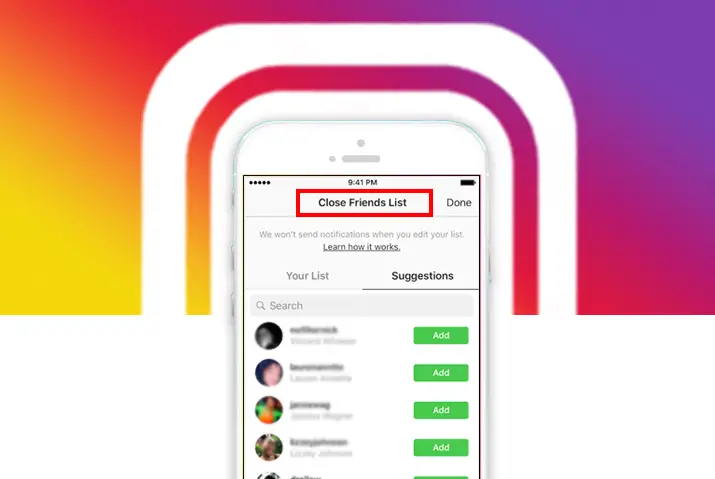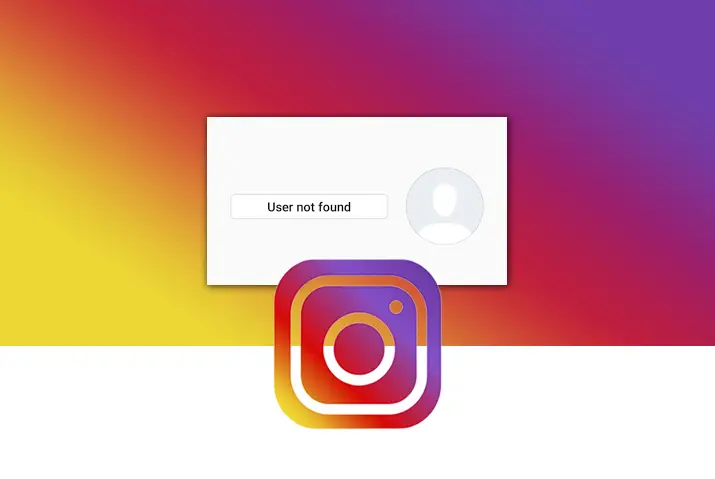Outlook has facilities of automatic replies, which means you can create a pre-designated reply in Outlook for incoming messages. While using a useful automatic reply in Outlook, make sure that the sender will be notified about your absence and when you will be available and what they should do if they want immediate attention.
If you are a business person or a busy person and you don’t have time to reply to an individual email then, you can keep automatic replies. The set-up of automatic reply in Outlook differs depending on your account. If you are using Microsoft Exchange Service or a POP or IMAP account (Yahoo Mail, Gmail, or email address) then it has a different set-up process.
Today in this article, we will guide you on how to set automatic replies to an email you receive in Outlook. Besides, you can also try below step by step processes in Outlook 2019, 2016, office 365, and Outlook web browser.
Things You Should Know Before Setting up Automatic Replies
- First, know about your account, whether you have Exchange Account, IMAP, or POP email account.
- You should create automated reply email templates.
- Finally, set-up automatic replies on Outlook.
How to know Exchange Server Account?
If you have doubts or you don’t know whether your account is an Exchange account or IMAP/POP. Then check which server account you are using on Outlook. So to check the account server, Open Outlook app> look at the bottom of your Outlook App in the status bar. If you are using an Exchange account, then you will see Connected to Microsoft Exchange just beside “All folders are up to date”. And if you are using the IMAP/POP account, then you will see in the same status bar.
How to Create an Automatic Reply Template?
To create an automatic reply rule in Outlook, for an account like IMAP or POP, first, you have to create an automated reply template, then you can directly use the rule for Exchange Account. For that follow the following steps mentioned below;
- Open the Outlook app in your device.
- From the Homepage, click on the New Email.
- You will see a new Email box, now type your message/text under Subject text field that tells the receiver that you are out or unavailable for now, so contact you in your contact number.
- After that, click on the File if you finished typing your message.
- Now, you will see the list of option to perform, click on the Save as. After that you will see Filename, Outlook uses template subject as your Filename you can
- Edit file name and click on the drop-down menu of Save as type: and choose Outlook Template (*.olt).
- Finally, click on the Save button to save. And close the Email tab/box.
Now you have created an automatic reply template; you can now set a rule to use that template and notify and auto-reply to the receiver.
Create Automatic Reply Rule on Outlook
After you create a template for an automatic reply now, you can set rules for IMAP or POP. Now, if you use the rule for the automatic reply, it will use your saved template that you have created previously, or you choose.
- Open your Outlook App in your device.
- Click on the File from the top navigation bar and info if you are in another option.
- Under the info tab, you will see Manage Rules & Alerts. Click on the Manage Rule & Alerts.
- Now you will see Rules and Alerts box, choose the Email Rules tab.
- Select the email account you are creating for the mechanical reply under Apply change of this folder.
- To apply the rule for all accounts. Now select New Rule.
- In the start from a blank rule section, you will see two options. Click on the Apply rule on the message I receive and click on the Next button.
- Now select condition under Rules Wizard Step 1: Where my name is in the To box, click on the checkbox to select and click on the Next button.
- Again, under Rules wizard, click on the checkbox of reply using a specific template.
- Now under Step 2: Edit the rule description (click an underlined value), click on the specific template link from Step 2.
- Now you will see a new box; click on the Look in the drop-down menu after that choose User Templates in File System.
- Choose the Template and click on the finish button of the rule.
Now you have successfully set up a rule, and you can now send automated replies in outlook message that you receive.
How to Set Rules for Automatic Replies in the Office 365 Portal?
There are two methods to set rules to send automated replies to the email. Follow the following process and steps mention below;
Method 1:
- Sign to your account of the Office 365 portal.
- Go to Users>Active Users, or even you can go to Groups> Shared mailboxes.
- Now choose a user who has Microsoft Exchange account.
- Now you will see a flyout menu on the right. Go to Mail settings> Automatic replies.
Now you have activated automatic replies.
Method 2:
- Log in to the Office 365 admin portal for that you have to use administrator credentials.
- Explore Admin Centers and then click on the Exchange.
- Click the picture in the upper-right corner. After that, click on the Another User.
- Now select the user mailbox that you want to edit and make change
- Click on the options on the left side of the same page. After that, click on the Organize Email.
- After that, click on the Automatic Replies.
Now you have set a rule to send automatic replies to the user you want.
You can run the following cmdlet in Exchange Online PowerShell: Set-MailboxAutoReplyConfiguration, use this cmdlet. To use the cmdlet, copy the code and paste it in Exchange Online PowerShell.
Now you have set a rule to sent automatic replies to the user you want.
Conclusion
Now you can set automatic message reply in Outlook and create a rule for a mechanical reply and also guide your friends, coworker or employee, how to set automatic replies in Outlook. If you have any questions regarding this article then you can leave us a comment in our comment section below and you can contact us too from our official website Onlinehelpguide.
Thank You!





